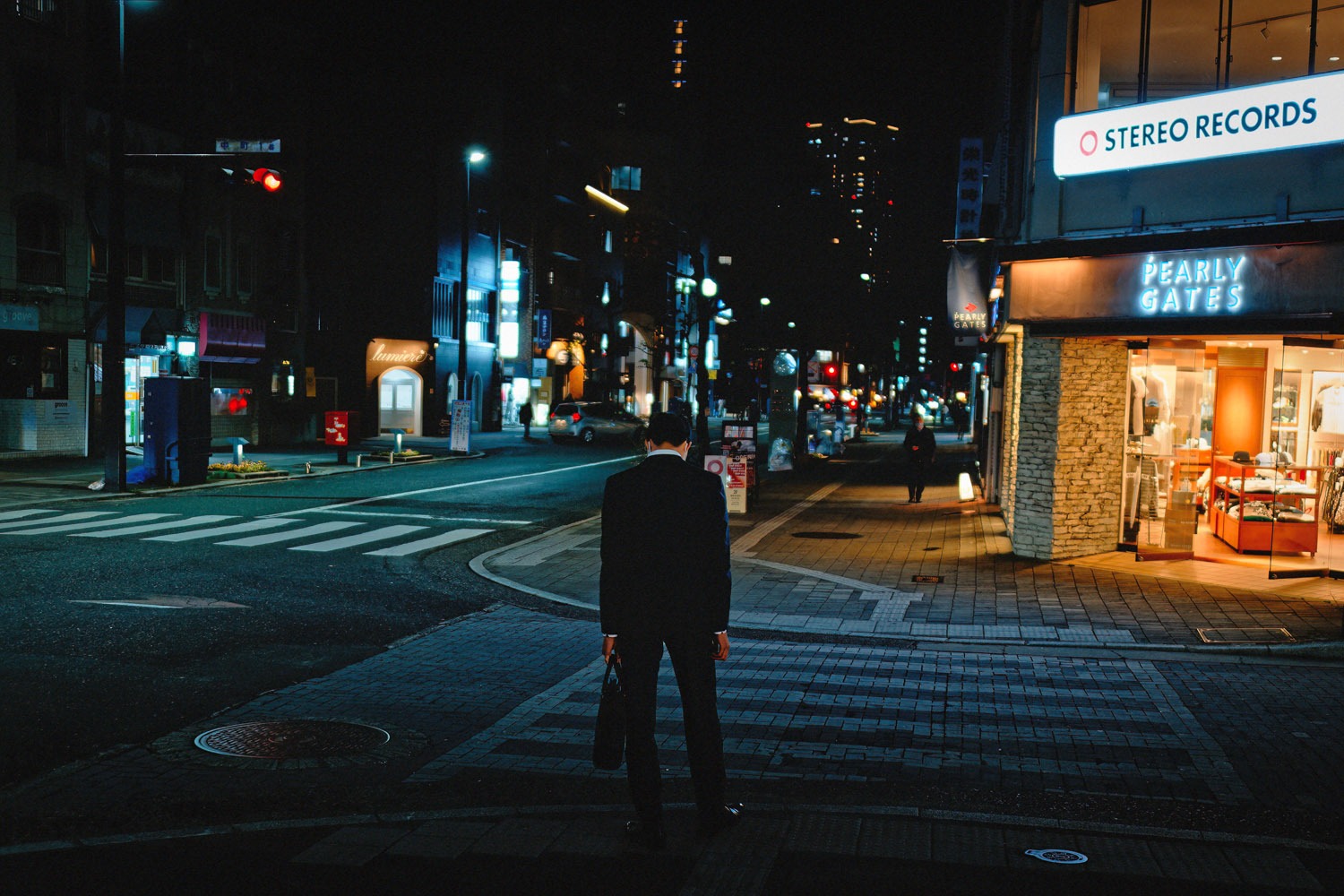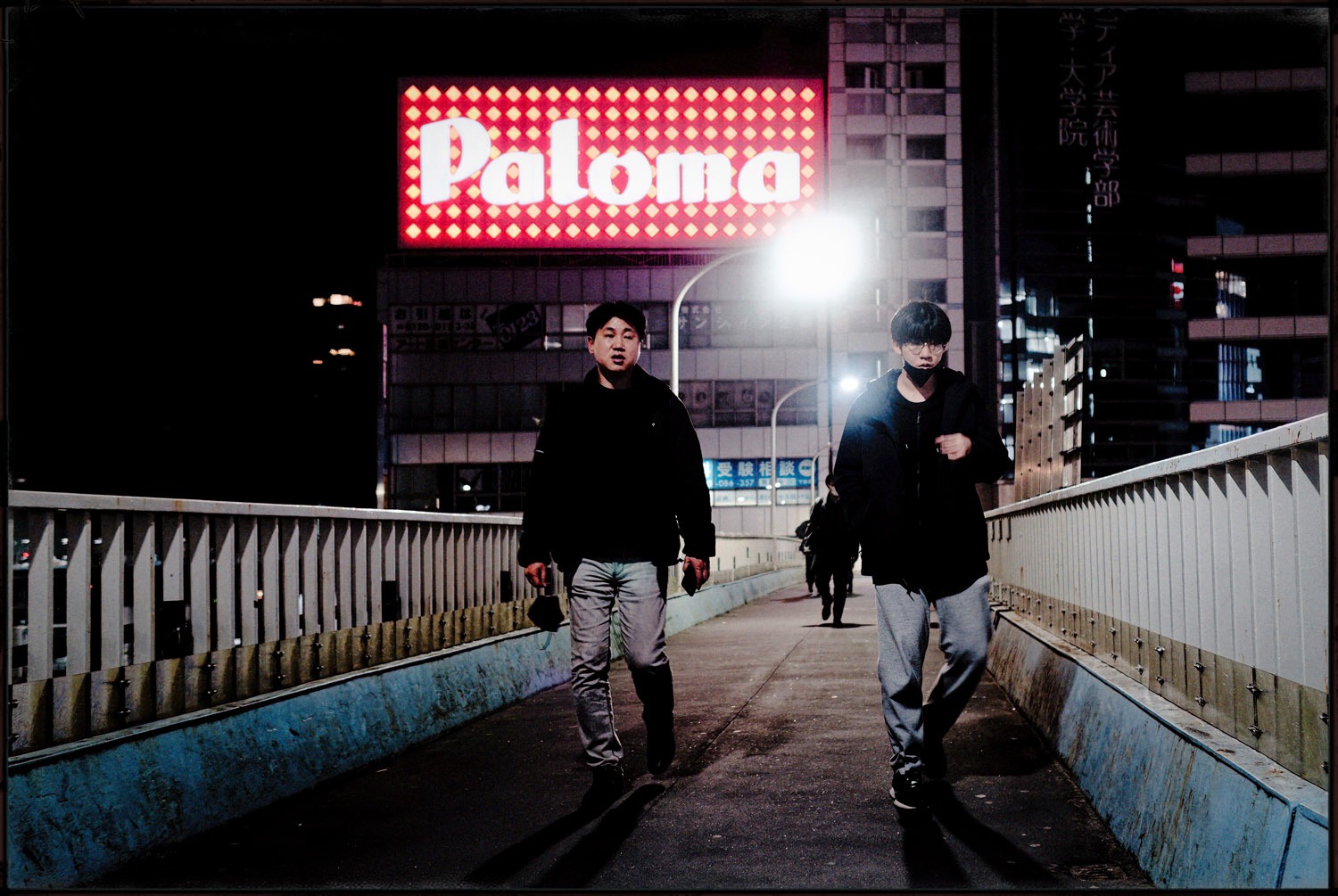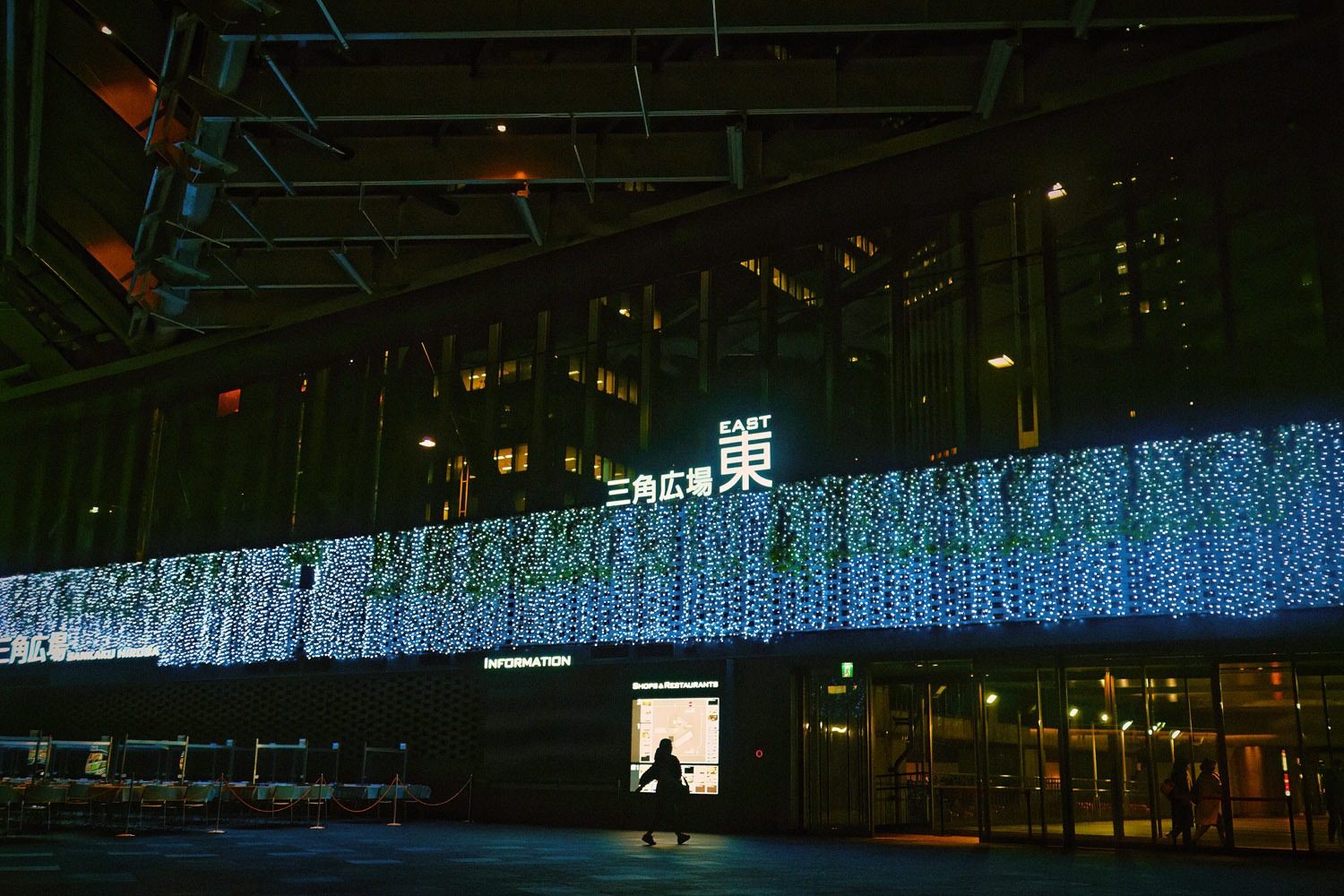Chasing the “Light of the Gods”

I grew up shooting film. I was gifted cameras from my mom throughout my childhood, cheap point-and-shoot numbers in faddish mass-market formats like 110, the Kodak Disk, and Polaroid. When I finally decided to get serious about photography, it was with my dad’s old 35mm Nikon FG, which I had long admired, since the first time that I found it hidden away in his sock drawer. I learned to focus and expose manually, and to develop my own black and white film, and make my own prints. The process itself was a thing to be relished, as much as the outcome.
Thus, the transition to digital was a bit rough for me. Of course, I saw the promise of the technology, and I dabbled with a few different digital cameras – but really, in that transitional phase from analog to digital, most attainable digital cameras just weren’t as capable as a good film camera, and they just weren’t very satisfying to use for me.





I studied photography for a couple of years in college, and became very interested in a digital post-processing workflow, but was never very satisfied with either the image quality of contemporary digital cameras, or with the process of converting film to digital. Eventually, I became frustrated and gave up. The irony was that I was quitting photography right when digital cameras were coming of age – right around the time that Olympus launched the Micro Four Thirds format.
Olympus was always an innovator in the photography space, lauded for the boldness of their industrial design, as well as the optical excellence of their “Zuiko” branded lenses, the latest of which were dubbed ”M.Zuiko,” presumably for Micro Four Thirds, or perhaps Mirrorless.
But it was way back in 1936 when Olympus (then known as the Takachiho Corporation) first introduced the Zuiko brand with a new lens – a Tessar copy for the firm’s first camera, the Semi-Olympus. The name Zuiko was said to mean “light of the gods.”

Already a member? Click here to log in to your account.